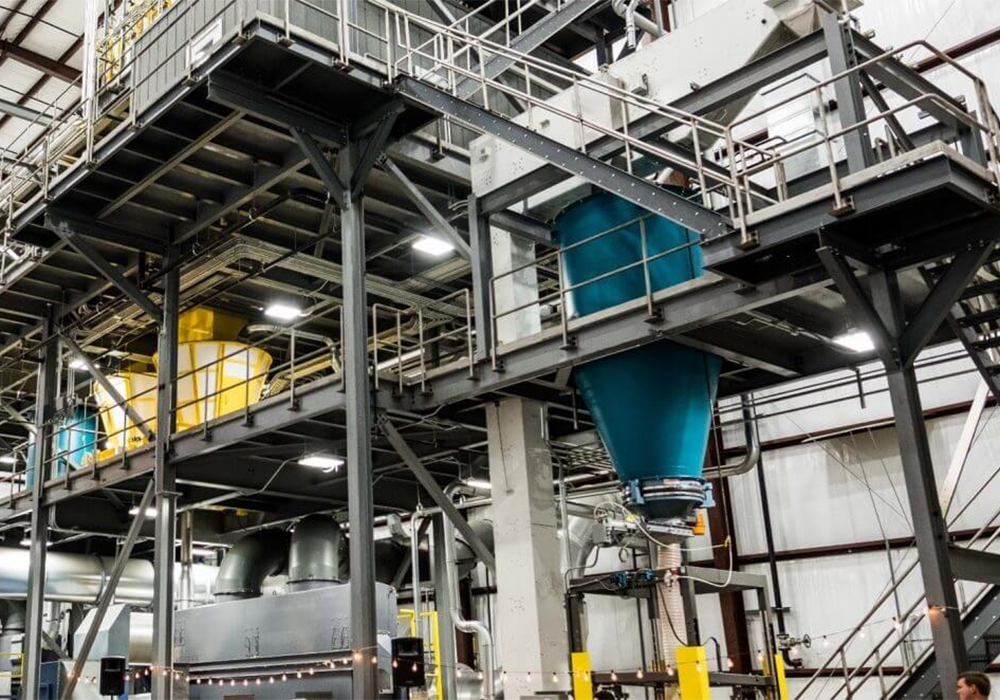Controlled release fertilizers offer better plant uptake, less volatilization, increased yields and profitability
By next year a new fertilizer plant in Ontario will give Canadian farmers access to 100,000 tonnes annually of controlled-release nitrogen, phosphate and potash fertilizers, plus customized-blended micronutrient options.
The St. Thomas plant plans to produce a variety of controlled release fertilizers, or CRFs, once full capacity is reached, according to an Aug. 31 news release from the joint venture partners, Sollio Agriculture in Ontario and Pursell Fertilizer in Alabama.
The facility will focus on Pursell’s new generation coating materials and proprietary processing techniques. The plant will use new technology that enables the addition of micronutrients and temperature-sensitive additives, such as biologicals, growth enhancers and soil health promoters.
Read Also

Growing garlic by the thousands in Manitoba
Grower holds a planting party day every fall as a crowd gathers to help put 28,000 plants, and sometimes more, into theground
According to the International Fertilizer Association, the use of CRFs could reduce the recommended rate of a conventional fertilizer by 30 percent while achieving the same yield. Farmers have begun using CRFs because they provide a more predictable, precise curve, so release time can be controlled.
Growers using CRFs realize cost savings from being able to reduce fertilizer applications, add more micronutrients and improve overall plant and soil health.
IFA says CRFs improve plant uptake of nutrients, with the potential to significantly improve yield and quality while lowering greenhouse gas emissions from volatilization and reducing the risk of nutrient leaching and runoff.
Historically, CRF products have been difficult to access for commodity agricultural crops such as corn, wheat, canola or potatoes.
According to the release, CRF have been used primarily in turf and ornamental settings.
Sollio chief executive officer Casper Kaastra says local manufacturing reduces logistics expenses and enables the company to offer previously unavailable CRF products to this market.
“A plant in St. Thomas is ideal. It’s located in close proximity to substrate and material suppliers and creates opportunities for retailers to address the diverse nutrition needs of their customers.”
Sollio researcher Lucie Kablan says the company tested CRFs at its research farm over four years and found that a preplant application of urea coated with Pursell’s new technology significantly increased corn yield and profitability.
“We are conducting promising trials on coated phosphorus and muriate of potash. We’ve partnered with McGill University to evaluate the environmental benefits of CRFs in terms of greenhouse gas emissions. This will provide useful data to make recommendations to Canadian farmers.”
Kaastra says the project represents an investment of more than C$20 million.
Sollio Agriculture specializes in farm inputs and value-added agronomic services in the livestock, crop production and grain sectors.
Pursell’s innovative coating materials and proprietary processing enables fertilizer retailers to supply their customers with customized nutrient blends.


















